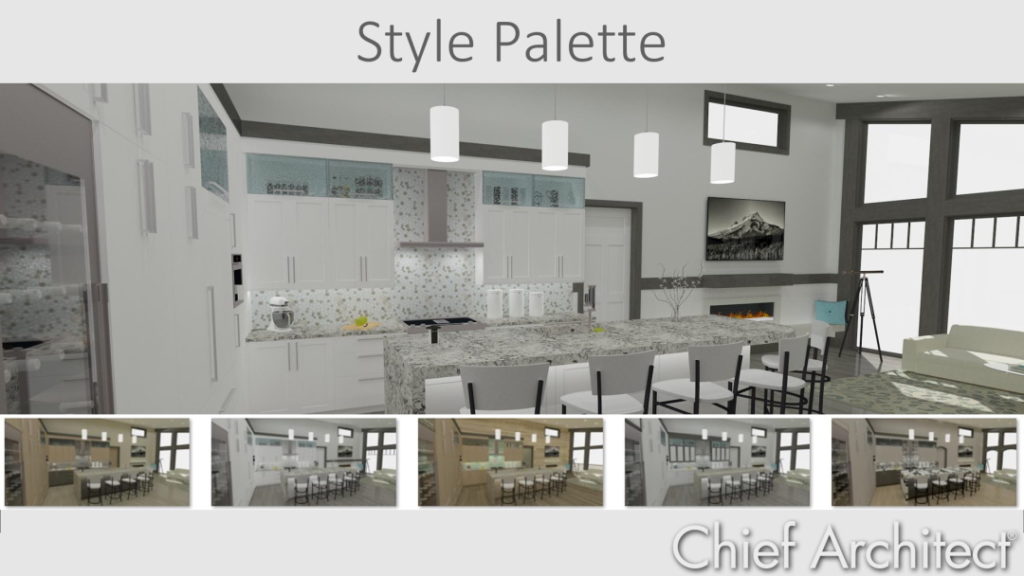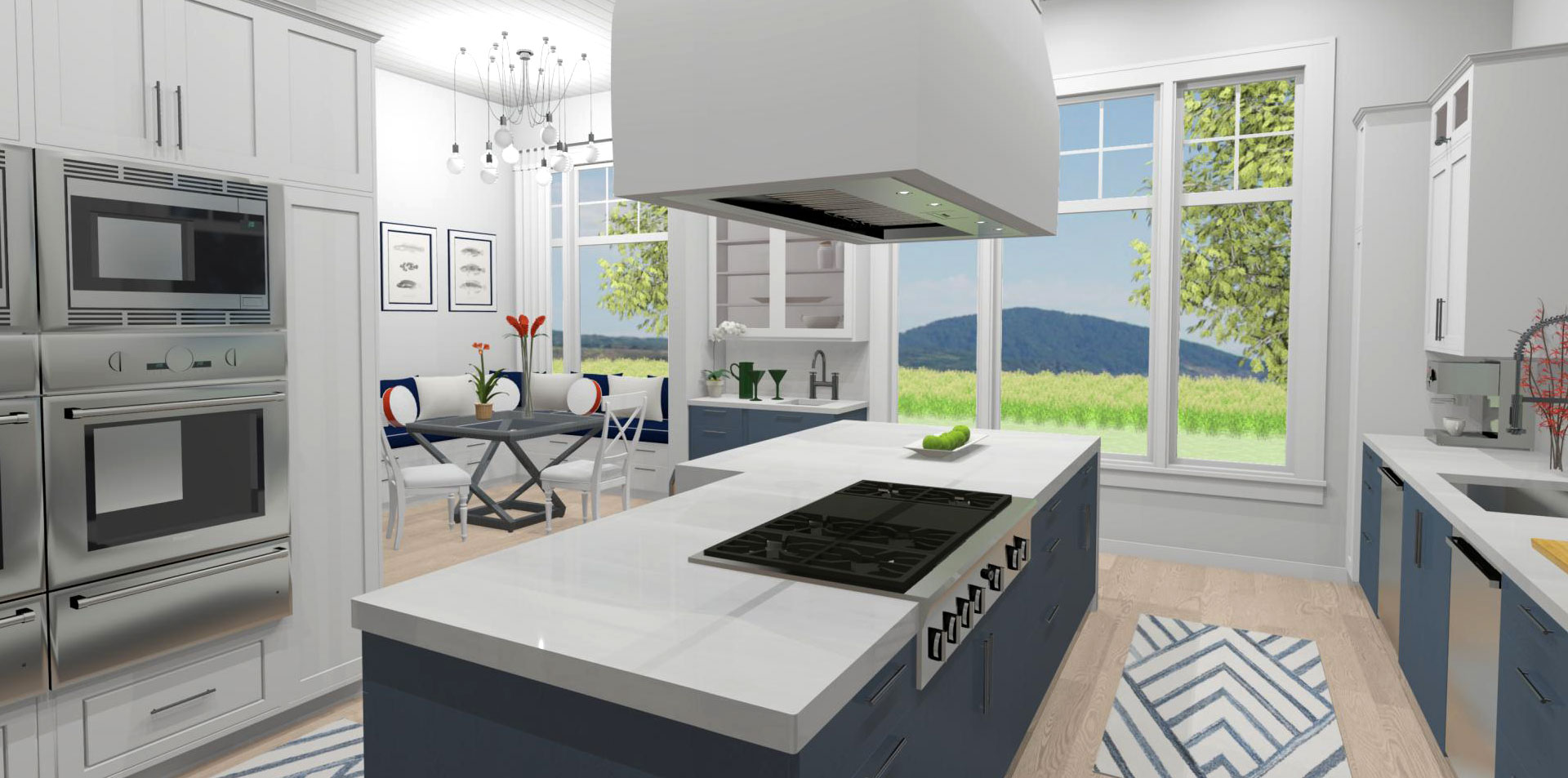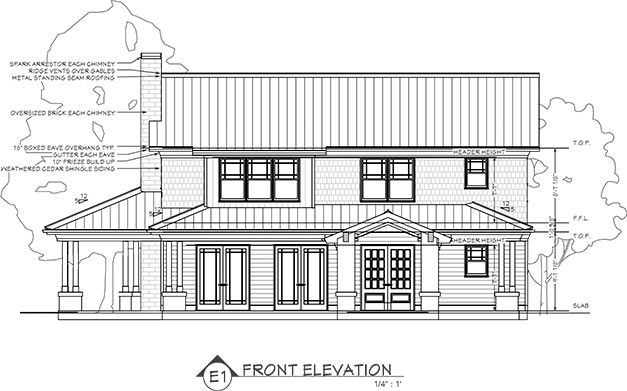


On the Roof panel, select the High Shed/Gable Wall option, then click OK.Ī gambrel, or barn style, roof has two pitches on each side of the ridge.Use the Select Objects tool to select the upper 40' horizontal wall and click on the Open Object edit tool.Use the Select Objects tool to select the left 30' wall to select it, then click on the Open Object edit tool.We have specified the left and right vertical walls to be Dutch Gable Walls and have set the In From Baseline distance to be 96.Ī Shed Roof is a single, sloping roof plane.įirst, we need to tell the program to not build a hip roof plane over the two 30' walls in our plan, set one wall to be a High Shed/Gable wall, and we will also lower the Pitch on the roof so it's not so steep. The floor plan view of a dutch gable roof will look like the image above. Click OK to apply these changes and close the dialog.In this example, we specified an In From Baseline value of 96". Set either the Start at Height or In From Baseline value.On the Roof panel of the Wall Specification dialog that displays:.We have specified the lower horizontal wall to have a steeper pitch than the upper horizontal wall.Ī dutch gable, sometimes called a dutch-hip, is a combination of hip and gable roof styles in which a gable is located at the end of the ridge, at the top of a hip roof plane. The floor plan view of an offset gable roof will look like the image above.
Chief architect pro update#
Chief architect pro full#
On the Roof panel of the Wall Specification dialog that displays, select the Full Gable Wall option, then click OK.Use the Select Objects tool to select the left 30' wall, then click on the Open Object edit tool.To create a basic gable style roof, we need to tell the program to not build a hip roof plane over the two 30' walls in our plan If a wall does not have a roof plane bearing on it, then it's a gable wall. The floor plan view of a standard hip roof will look like the image above. Click OK to apply any changes made in this dialog to rebuild the roof with the new settings.Go to the Materials panel to change the default Roof material, as well set the material for that of other roof aspects, such as the Gutter.Whenever you want to regenerate the roof planes after making changes to roof directives, it's necessary to place a check in this setting unless you have the Auto Rebuild Roofs setting turned on. Note: If you're using Home Designer Pro, place a check in the "Build Roof Planes" box and click OK. On the Roof panel of the Build Roof dialog, the default Pitch (in 12) of the entire roof, its Minimum Alcove Size setting, and the Roof Overhang values can all be set.Select Build> Roof> Build Roof from the menu.

By default, a Hip Roof will be automatically created on our 40' x 30' structure without making any changes.
Chief architect pro how to#
In this article, we will show you how to create the following roof styles automatically:Ī hip roof has a roof plane built over every exterior wall in the plan that does not have another wall drawn above it, as shown in the image below. The pitch, along with the roof style can be overwritten on a per-wall basis by accessing the Roof panel that wall's specification dialog.įor this tutorial we will begin by creating a basic 40' x 30' enclosed rectangular structure as shown in the image below. The Pitch value set in the Build Roof dialog only sets the default pitch for all roof planes in a plan. How do I use the automatic roof tools to create some of the basic roof styles?Īutomatically creating the basic roof styles in Home Designer can be easy using the Roof panel located in the Wall Specification dialog.

The information in this article applies to:


 0 kommentar(er)
0 kommentar(er)
